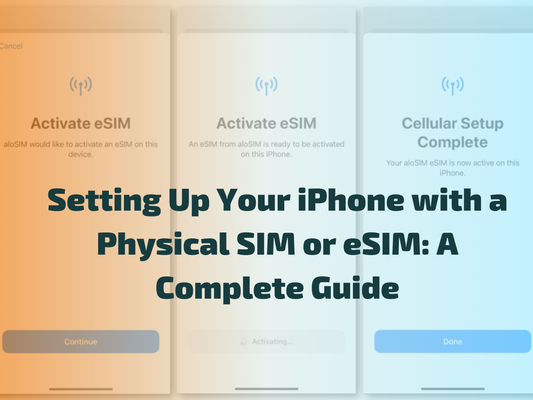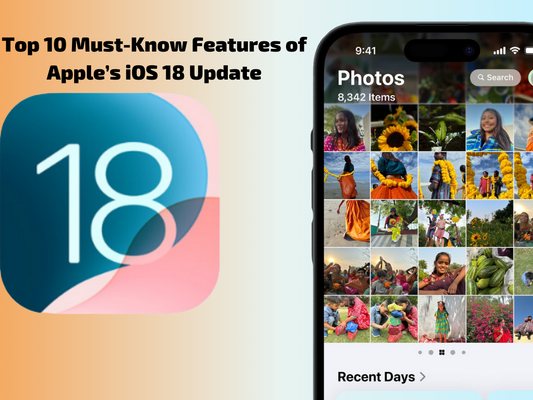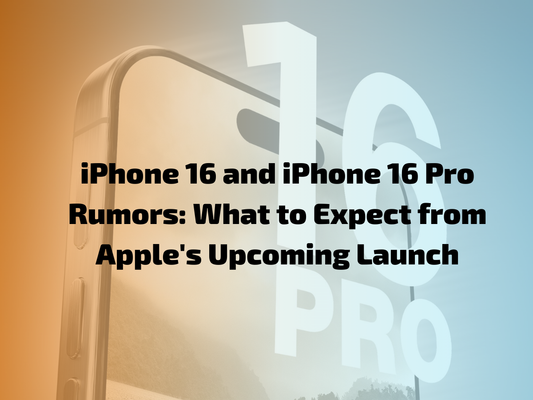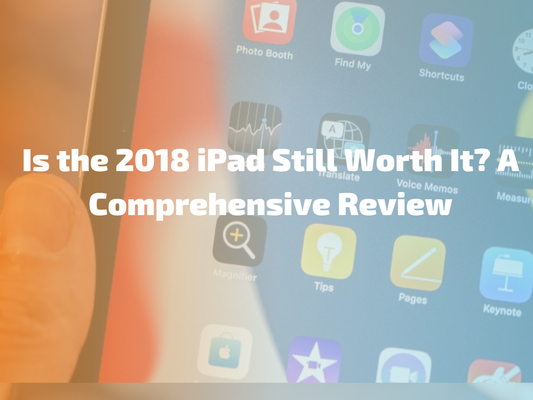
Hidden Fees in Your 5G Plan? Here’s What to Look For
Updated on | 9 mins readHidden Fees in Your 5G Plan? Here’s What to Look For
You saw the ad for a jaw-droppingly cheap 5G plan. It promised blazing-fast speeds and unlimited everything for a price that seemed too good to be true. You signed up, feeling savvy. Then, the first bill arrived.
Suddenly, that “too good to be true” price is 30–40% higher than you expected. Sound familiar? This “bill shock” is an all-too-common experience, designed to lure you in with a low sticker price only to pile on extra charges once you're committed.
But what if you could read a phone bill like an expert, spot the hidden costs before you sign up, and understand what “unlimited” really means? You can. This guide will pull back the curtain on the confusing world of mobile plans and empower you to find a truly transparent provider.
Anatomy of a Phone Bill: Decoding the Charges
The first step to taking control of your mobile costs is understanding what you’re actually paying for. Most phone bills can be broken down into three distinct categories, but only one of them is where the sneaky fees hide.
-
Your Plan’s Base Cost
This is the number you signed up for—the advertised monthly price of your talk, text, and data package. It’s the most straightforward part of your bill.
-
Legitimate Government Taxes & Fees
These are mandatory charges levied by federal, state, or local governments. Carriers collect these from you and pass them directly to the government. Examples include the Federal Universal Service Fund (USF) charge, state and local sales taxes, and 911 fees. While they add to your total, these are legitimate and unavoidable.
-
Discretionary Carrier Surcharges (The Hidden Costs)
This is the most important section to understand. Carriers add these charges to your bill under names that sound official, but they are not government-mandated taxes. They are extra fees the carrier created to increase their profits.
Here’s the “aha moment” your carrier doesn’t want you to have:
- “Administrative Fee” or “Admin Fee”
- This is 100% carrier profit. It’s a fee they charge you just for being their customer, covering their own internal costs.
- “Regulatory Cost Recovery Charge”
- This sounds like a tax, but it isn’t. It’s a fee the carrier adds to cover the costs of them complying with government regulations. While the regulations are real, the choice to pass that specific cost to you as a separate line item is theirs alone.
By using official-sounding names, many providers count on you assuming these charges are unavoidable taxes. In reality, they are a core part of how a cheap advertised price becomes an expensive monthly bill.
The “Unlimited” Illusion: What Cheap 5G Really Means
Beyond extra fees, the other major “gotcha” of cheap 5G plans is the word “unlimited.” In the mobile world, “unlimited” rarely means what you think it does. It almost always comes with fine print that can dramatically affect your service.
Here are the four key limitations to watch out for:
- Data Throttling: Your plan might offer “unlimited data,” but only a certain amount of it is high-speed “premium” data (e.g., 30 GB). Once you hit that cap, your internet speeds are drastically slowed—often to the point where streaming video or even loading websites becomes difficult.
- Deprioritization: On budget plans, your data is often considered a lower priority than data from customers on more expensive plans. During times of network congestion (like at a concert or sporting event), your connection will be the first to slow down.
- Hotspot Caps: Your “unlimited” on-device data doesn’t usually extend to your mobile hotspot. Most plans have a much smaller, separate cap for hotspot usage (e.g., 5 GB), after which speeds are slowed or cut off entirely.
- Video Streaming Limits: To save data on their network, many carriers cap video streaming quality at 480p (standard definition). If you want to watch in HD, you often have to pay for a more expensive plan.
Your 5-Step Guide to Auditing and Cutting Your Bill
Feeling empowered? Good. Now it's time to take action. Use this simple checklist to audit your current bill and potentially lower your monthly cost.
- Identify Surcharges: Grab your latest bill and a highlighter. Mark every line item that isn’t your base plan cost or a clear government tax (like “sales tax” or “911 fee”). Scrutinize anything labeled “Administrative,” “Regulatory,” or “Service” fee.
- Audit Your Data Usage: Check how much high-speed data you actually use each month. Are you paying for a 30 GB plan but only using 10 GB? You might be overpaying for data you don't need.
- Remove Unused Add-ons: Are you still paying for old services you no longer use, like international calling packages or enhanced voicemail? Cut them.
- Call Your Carrier: Now that you're armed with information, call customer service. Politely ask them to explain the surcharges you highlighted. Ask if there's a more affordable plan that better fits your actual data usage.
- Choose a Transparent Provider: If you're tired of auditing bills and fighting surprise fees, the ultimate step is to switch to a provider that values transparency.
The Path to Transparency: A Plan Without Surprises
The challenges of hidden fees and misleading “unlimited” plans stem from a business model that relies on confusion. But it doesn't have to be this way.
At Mobile by Plug, we believe in radical transparency. Our pricing is straightforward and honest—the price you see is the price you pay, with no hidden administrative fees or surprise surcharges. All our plans are prepaid and commitment-free, giving you the flexibility to upgrade, pause, or cancel anytime without penalty.
By operating on America’s largest and fastest 5G network, we deliver premium service without the premium price or the complicated contracts. Whether you're looking for an affordable plan for a new phone or want to bring your own device, our goal is to make getting connected simple, fast, and fair.
Frequently Asked Questions About Mobile Plan Costs
What’s the difference between throttling and deprioritization?
Throttling is a guaranteed speed reduction after you hit a specific data cap. Your speed is slowed for the rest of the billing cycle no matter how busy the network is. Deprioritization is a temporary slowdown that only happens when the network is congested. Your data is simply moved to the “slow lane” to make room for customers on higher-priority plans.
Are activation fees normal?
Activation or upgrade fees are very common, especially with major carriers. However, they are another example of a discretionary carrier charge. Many modern, customer-focused providers like Mobile by Plug have eliminated them entirely to create a more frictionless setup experience.
Can I really negotiate my phone bill?
Sometimes. If you're a long-time customer, you can often call and politely ask if there are any loyalty discounts or newer, more affordable plans available. The key is to be informed about your usage and the fees you're questioning.
Why do budget MVNOs often have more data limits?
Mobile Virtual Network Operators (MVNOs) like Mobile by Plug lease network access from major carriers. To offer service at a much lower cost, plans are designed around real-world usage with intelligent data management. This model prioritizes providing reliable, high-quality service for the vast majority of user activities at a fraction of the price, rather than catering to the extreme edge cases that drive up costs on “unlimited” plans from major carriers.






